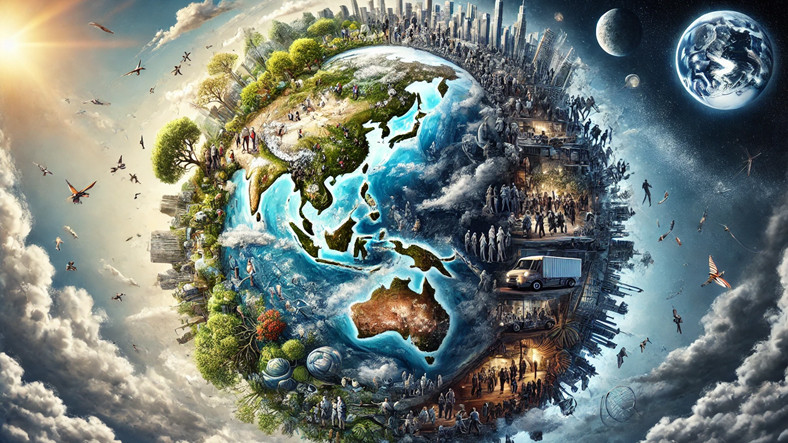Although the numbers change from day to day, scientists have done some predictions there is.
Where do you think the world is heading?
What does carrying capacity mean?

First of all, “carrying capacity of the world” Let us explain the term: This concept; It refers to the maximum number of living things that an ecosystem can sustainably support under existing resources and environmental conditions.
This means that an ecosystem can support a certain population size, but when it exceeds this limit, resources can become depleted living conditions may deteriorate.
What do the numbers show?

world population up to 10 billion in 2057 It is estimated that this will be achieved. While India has a population of 1.45 billion today, it is projected to be 1.7 billion by 2057. China will come in second with 1.35 billion.
In 2100 of course, if no major unexpected event occurs by then. The total world population is 10-12 billion will be resolved.
Moreover, if we compress the history of our planet into a calendar year, modern humans only 37 minutes We encounter the fact that it exists and that it consumes a third of the world’s resources in the last 0.2 seconds.
Scientists use different models to estimate carrying capacity.

These models; Many factors are taken into account, such as food production, water resources, energy consumption, waste management and biodiversity. In the analysis of 70 studies: sustainable The limit for life is 7.7 billion people. Well, today we’ve already passed 8 billion.
With this population anyway Our resource use is equivalent to 1.75 worlds available. If we were 8.5 billion people in 2030, we would use two worlds. When it becomes 10 billion in 2057?
The carrying capacity depends largely on our lifestyle and technological developments.

In terms of renewable energy sources, water and developing agricultural technologies, Measures such as protecting nature can help increase this capacity. However, let us not forget that instead of pushing these boundaries, using existing resources more consciously and fairly is a much more sustainable solution in the long term.
Furthermore, Oxford economist Robert Cassen argues that the greatest hope for a sustainable future lies in both population growth and international consumption habits, moving away from individualism. people-oriented initiatives underlines that this must be adopted.
Let’s take care of our planet!
Sources: LiveScience.com, World Population History, The World Counts, The Conversation, Australian Academy of Science
You can also check these out:
Follow Webtekno on X and don’t miss the news

















